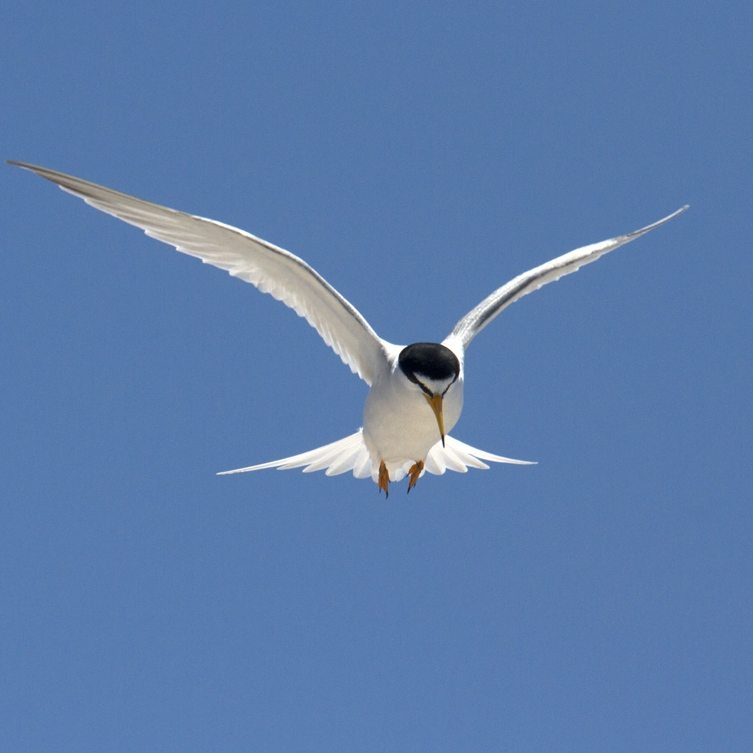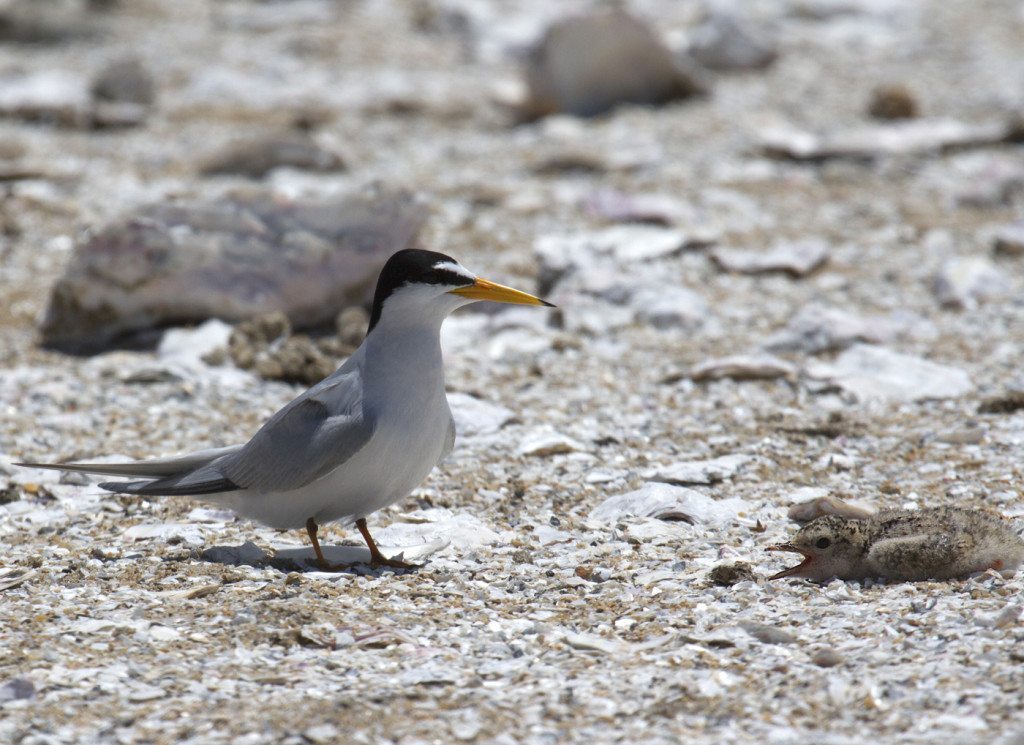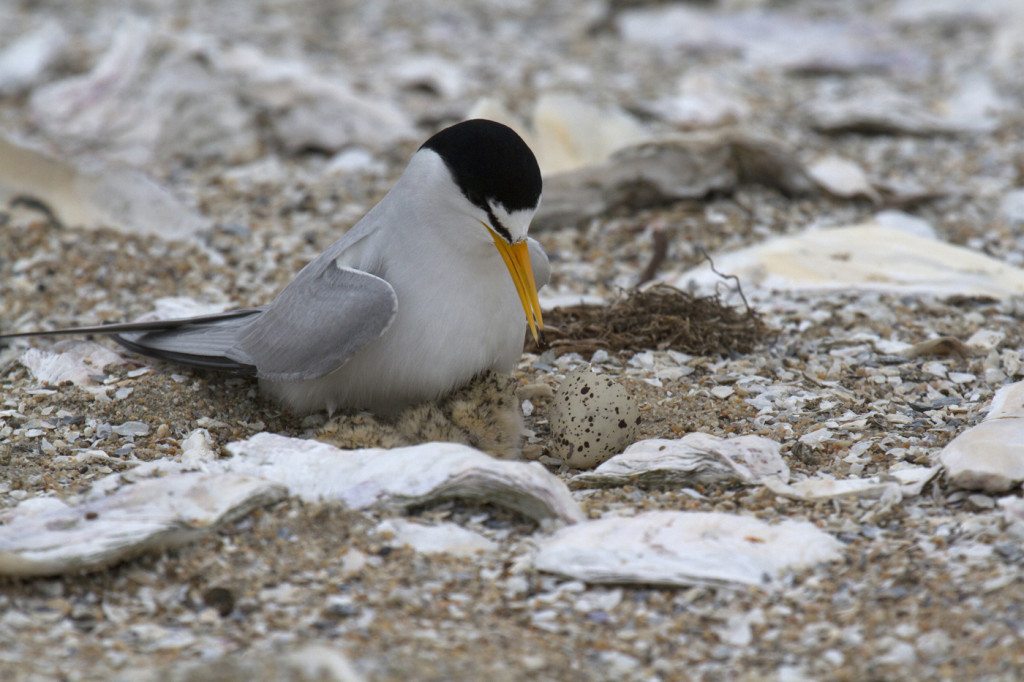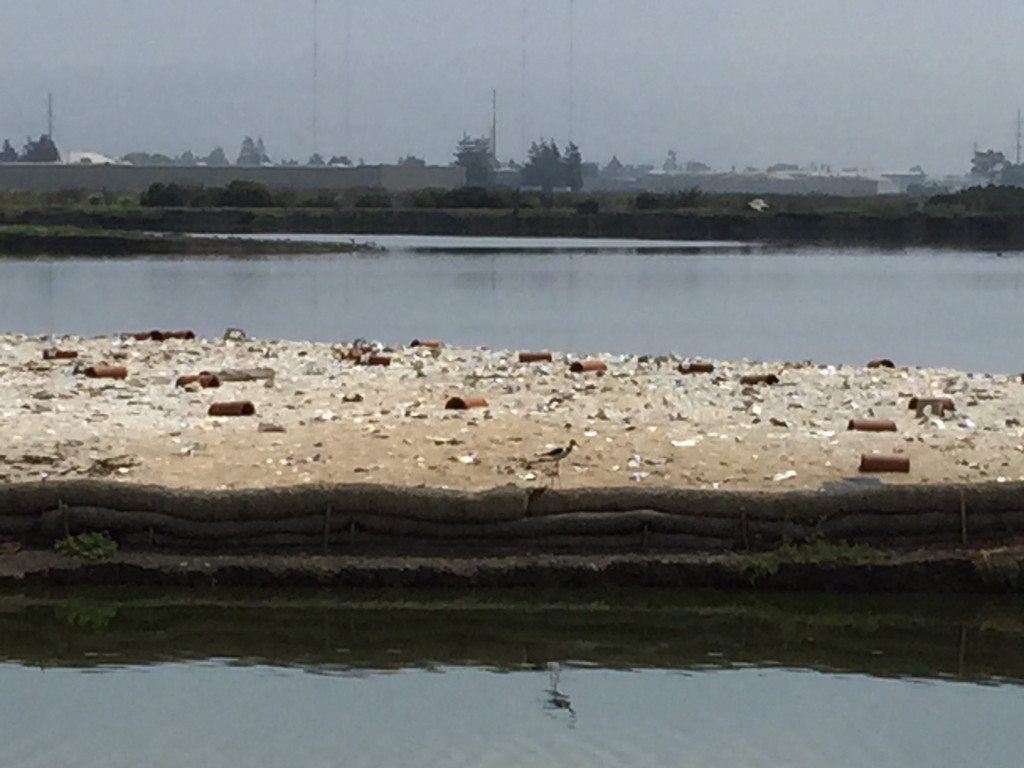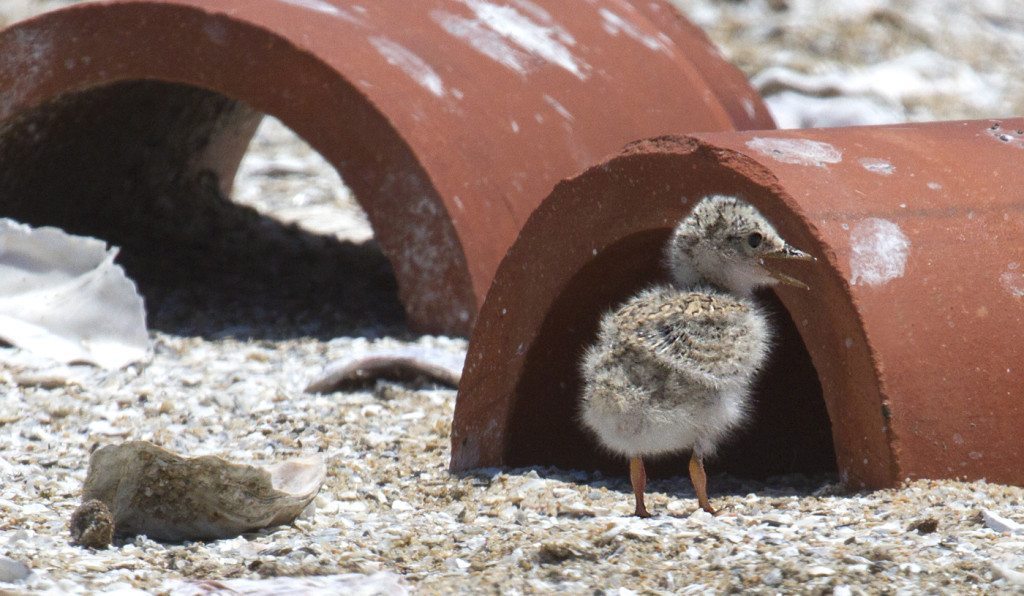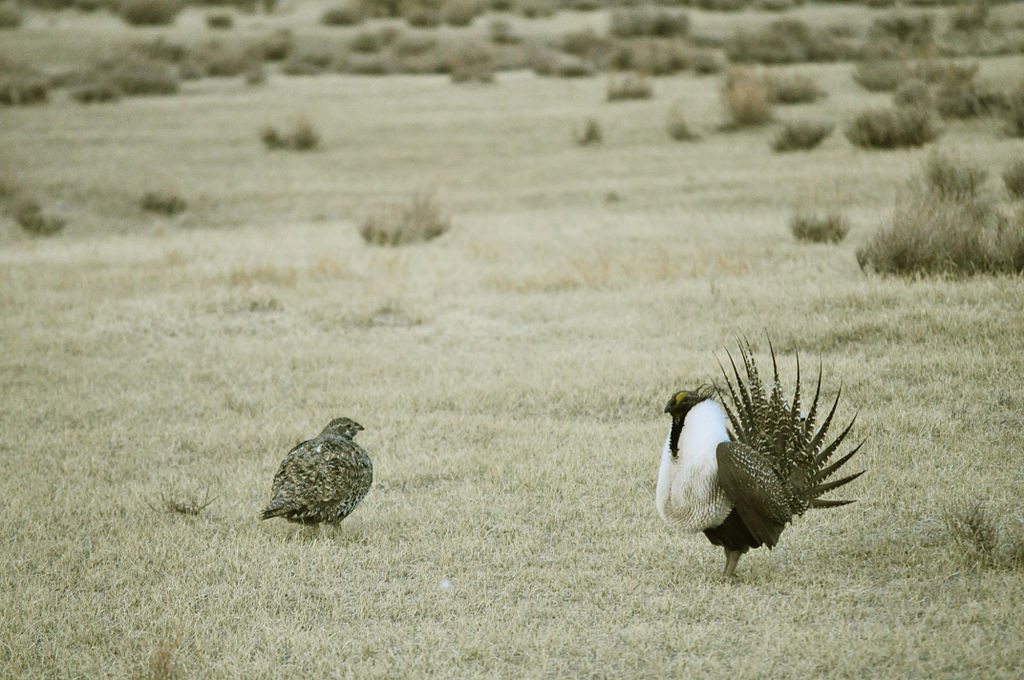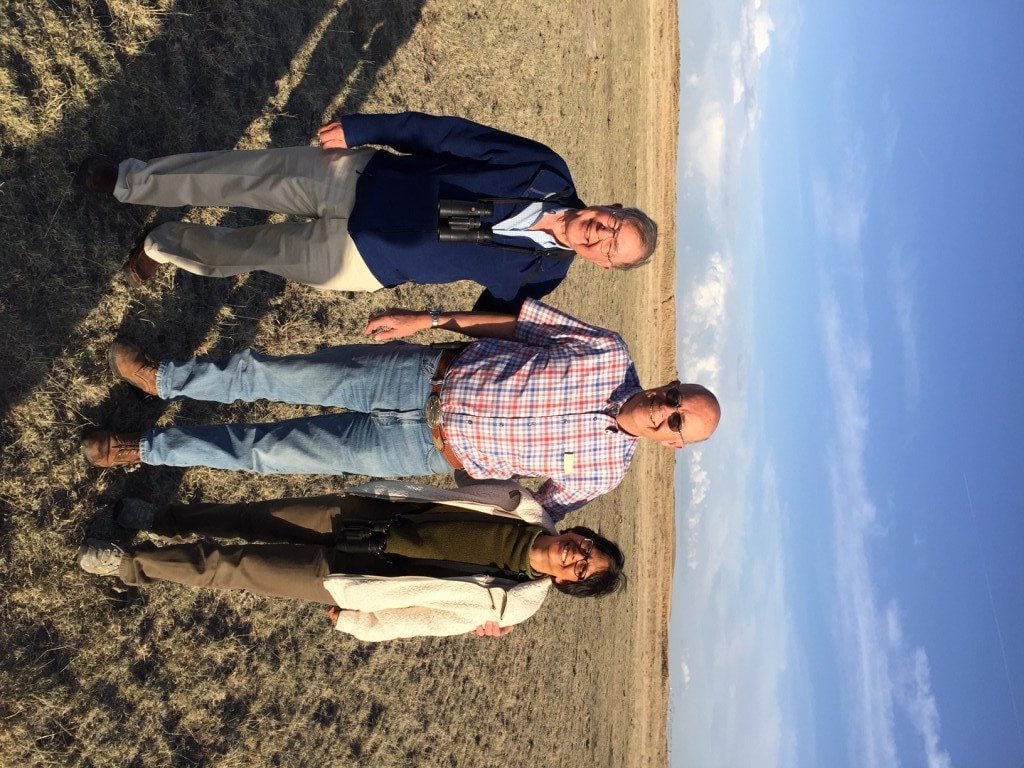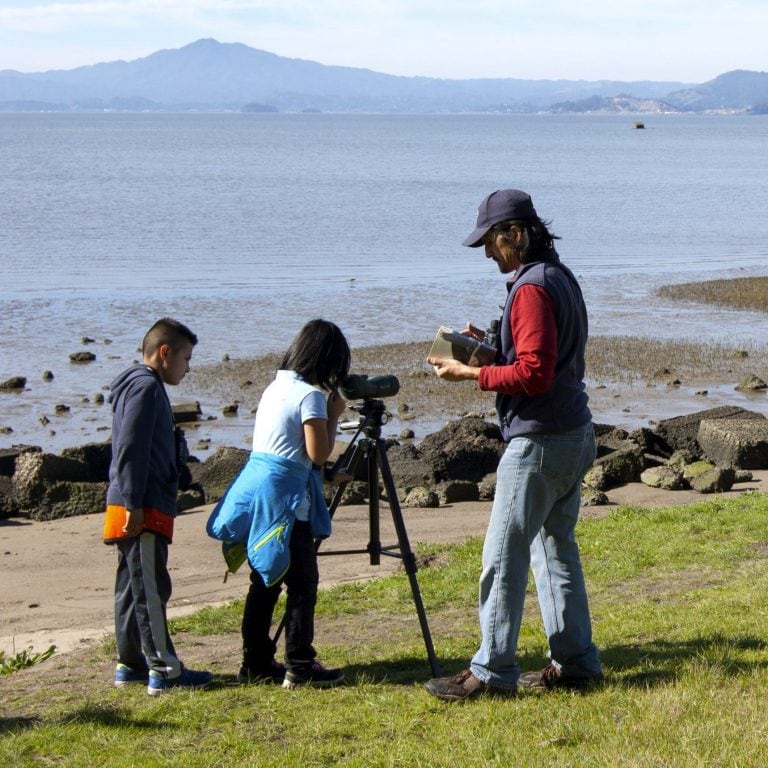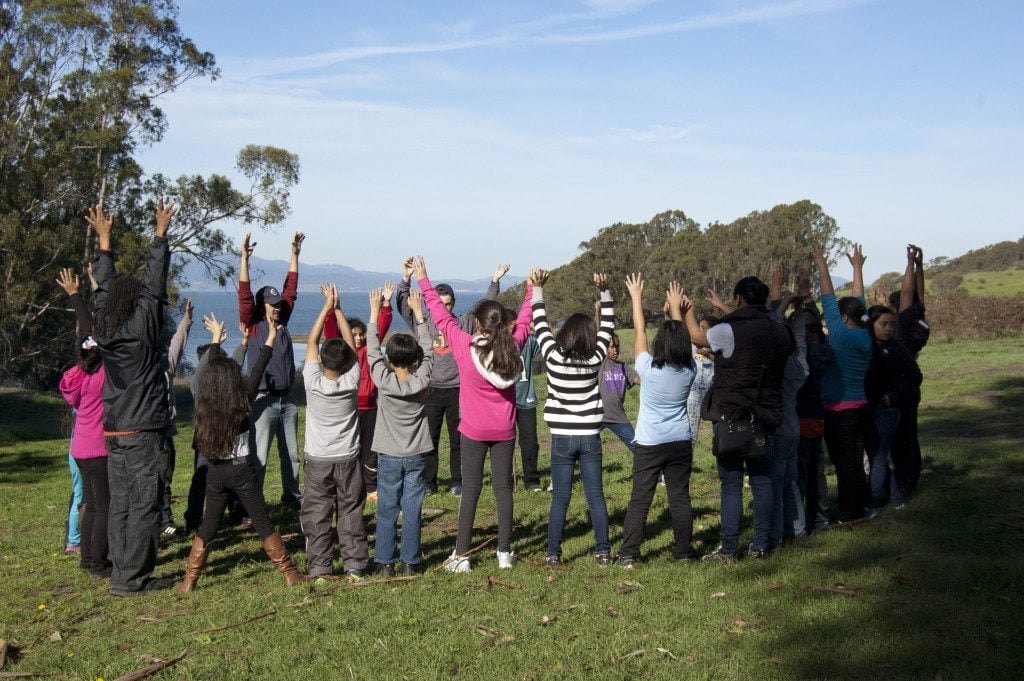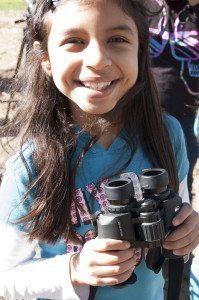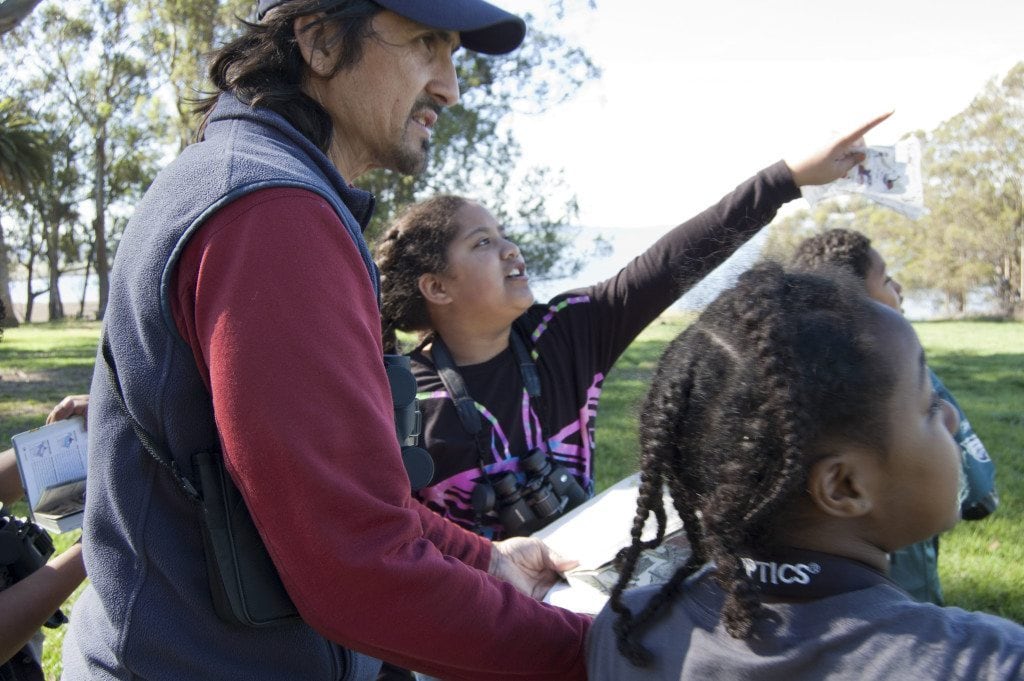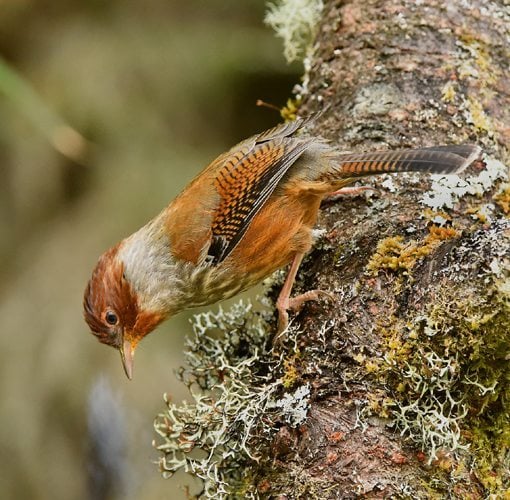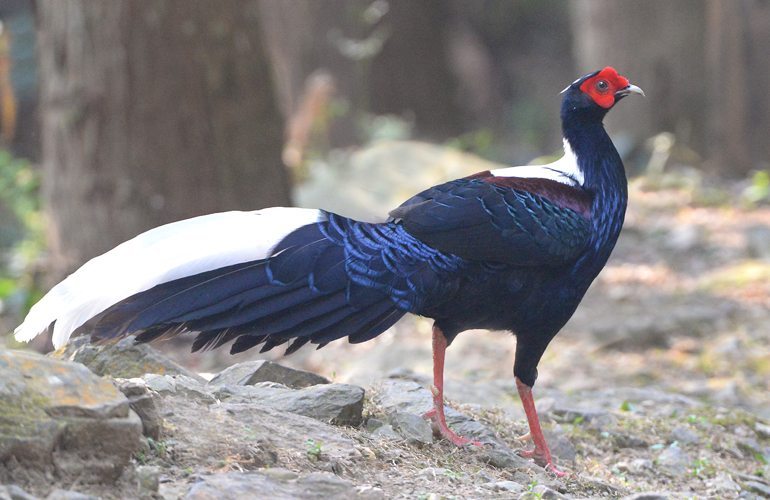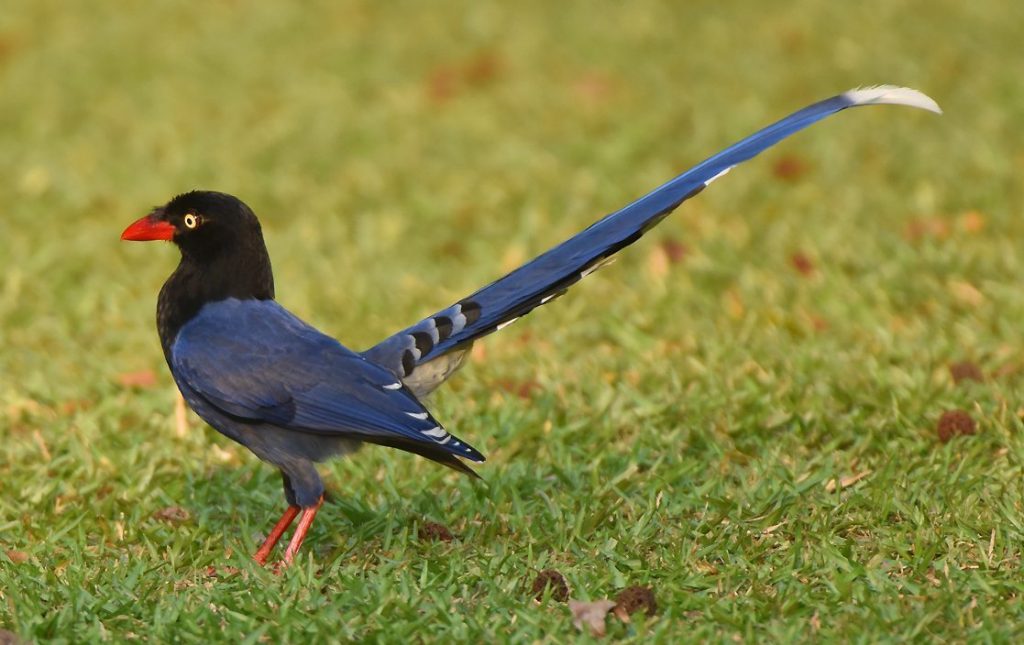In praise of fourteen hundred (!) volunteers
By Ilana DeBare
Golden Gate Bird Alliance relies on volunteers. How many volunteers, you might ask? A few dozen? Maybe a hundred?
Try fourteen hundred — and that’s just in the first six months of 2015.
Saturday was our annual Volunteer Appreciation Picnic, held this year at Alameda’s Crown Memorial Beach, near the Return of the Terns tour site.
Luckily for us and our supply of sandwiches, all 1,400 didn’t show up. But those who did attend enjoyed a yummy picnic lunch, raffle prizes, warm sun and fresh Bay breezes, and glimpses of a flock of Brown Pelicans floating just offshore. Everyone also got our heartfelt thanks and one of our new Golden Gate Bird Alliance Burrowing Owl tote bags!
We awarded our 2015 Paul Covel Conservation Education Award to Herb and Randi Long, who have volunteered since 2009 in our Eco-Education program that each year introduces about 700 children from low-income elementary schools to nature.
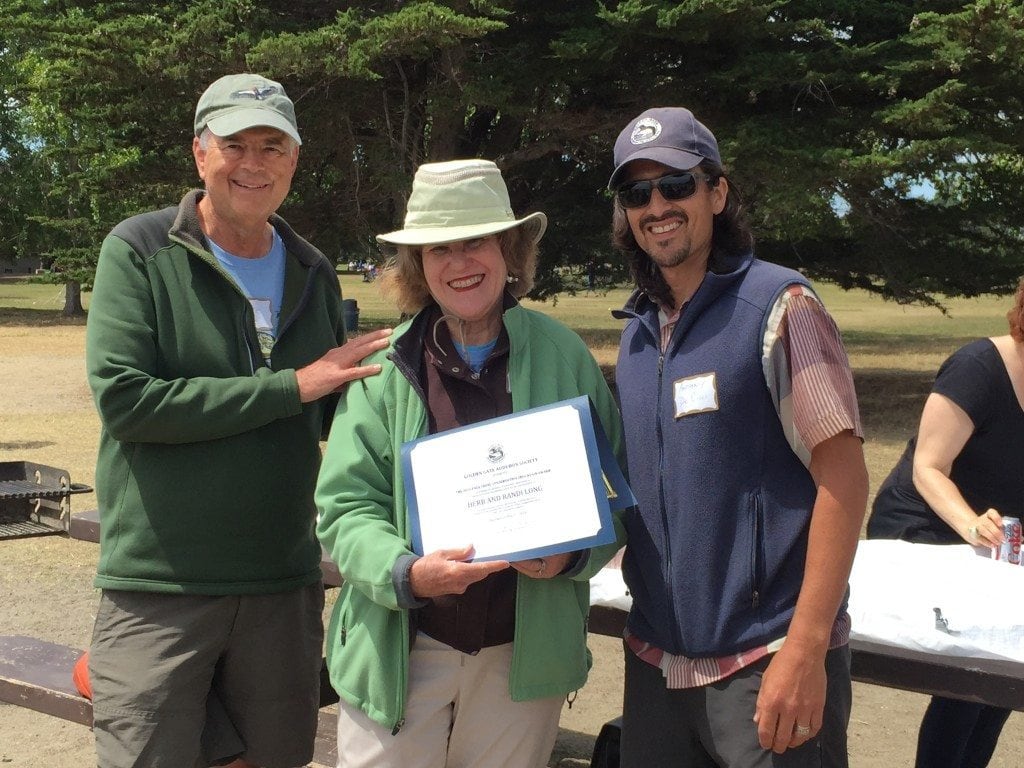 Herb and Randi Long accept the Paul Covel Conservation Education Award from Eco-Education Director Anthony DeCicco
Herb and Randi Long accept the Paul Covel Conservation Education Award from Eco-Education Director Anthony DeCicco
What else do Golden Gate Bird Alliance volunteers do, besides help lead Eco-Education field trips? Among other things:
Field trip leaders guide over 120 free bird walks each year, which are the first introduction to birding for many participants.
Docents help the public notice and appreciate the birds around them at Lake Merritt, the Bay Trail, Cesar Chavez Park, and downtown Oakland.
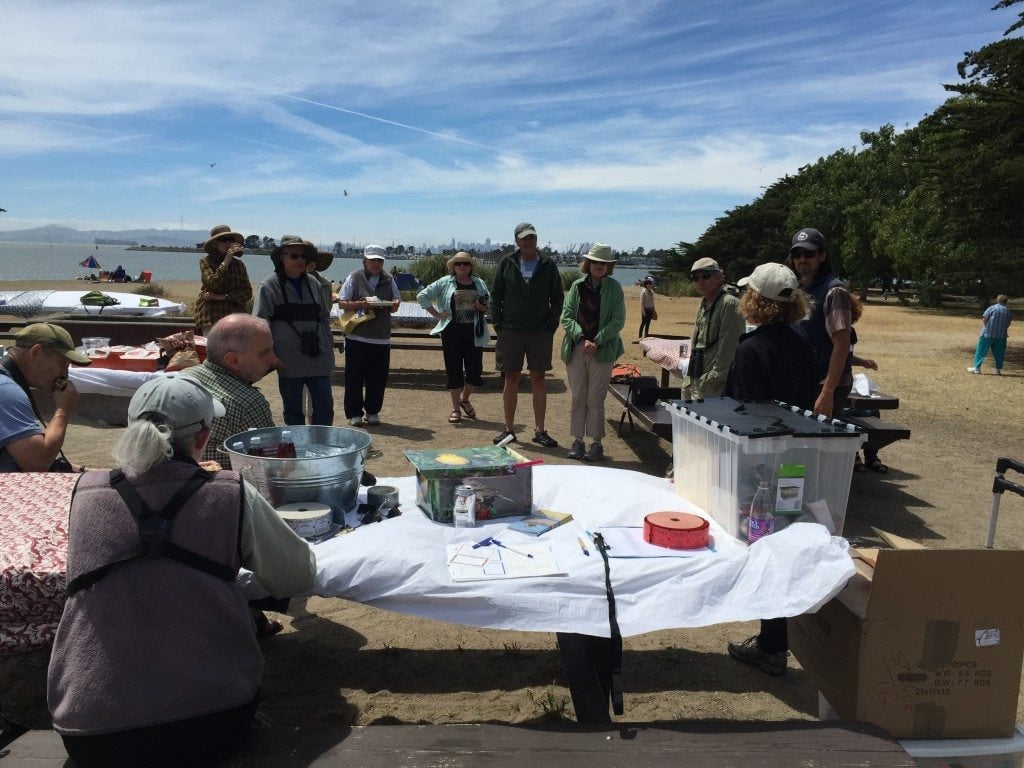 Volunteer Coordinator Noreen Weeden speaks to some of the picnic attendees
Volunteer Coordinator Noreen Weeden speaks to some of the picnic attendees
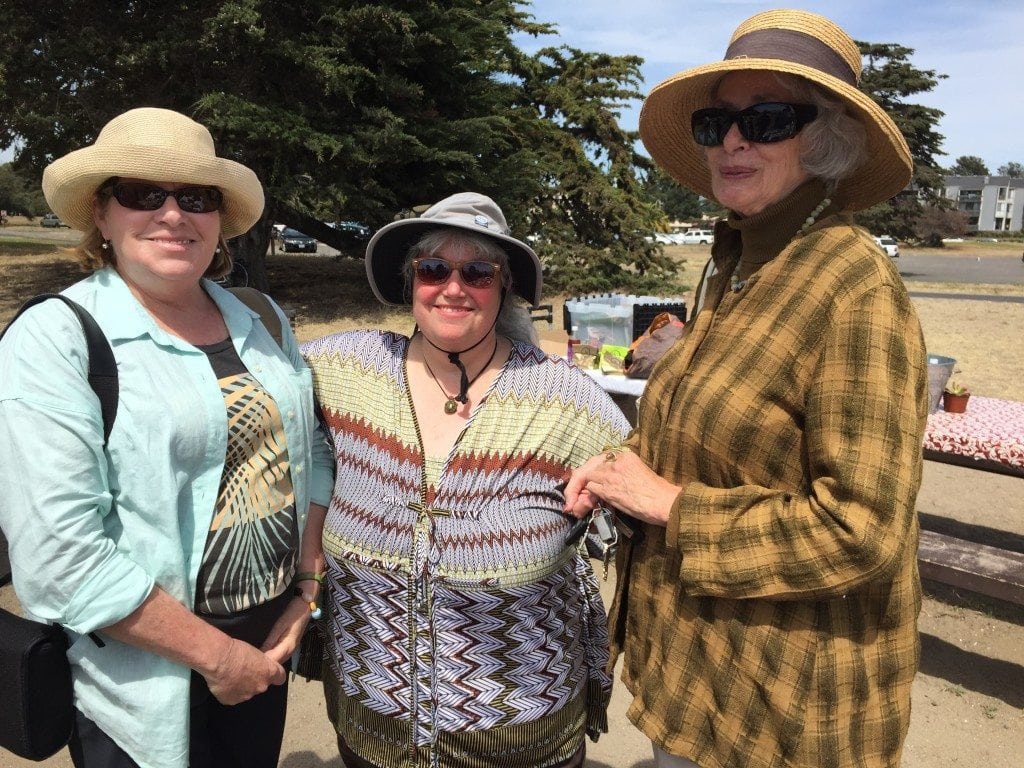 GGBA Executive Director Cindy Margulis thanks volunteers
GGBA Executive Director Cindy Margulis thanks volunteers
Hundreds of people — both individuals and organized groups such as scouts, students, and workplace teams — help restore wildlife habitat with us at Pier 94, Golden Gate Park, Crissy Field, the Alameda Wildlife Refuge, and Martin Luther King Jr. Shoreline.
Our San Francisco and East Bay conservation committees, along with our Friends of the Alameda Wildlife Reserve committee, study and speak out on local issues affecting birds and wildlife.
GGBA office volunteers do everything from update our membership database to organize our library of birding books.
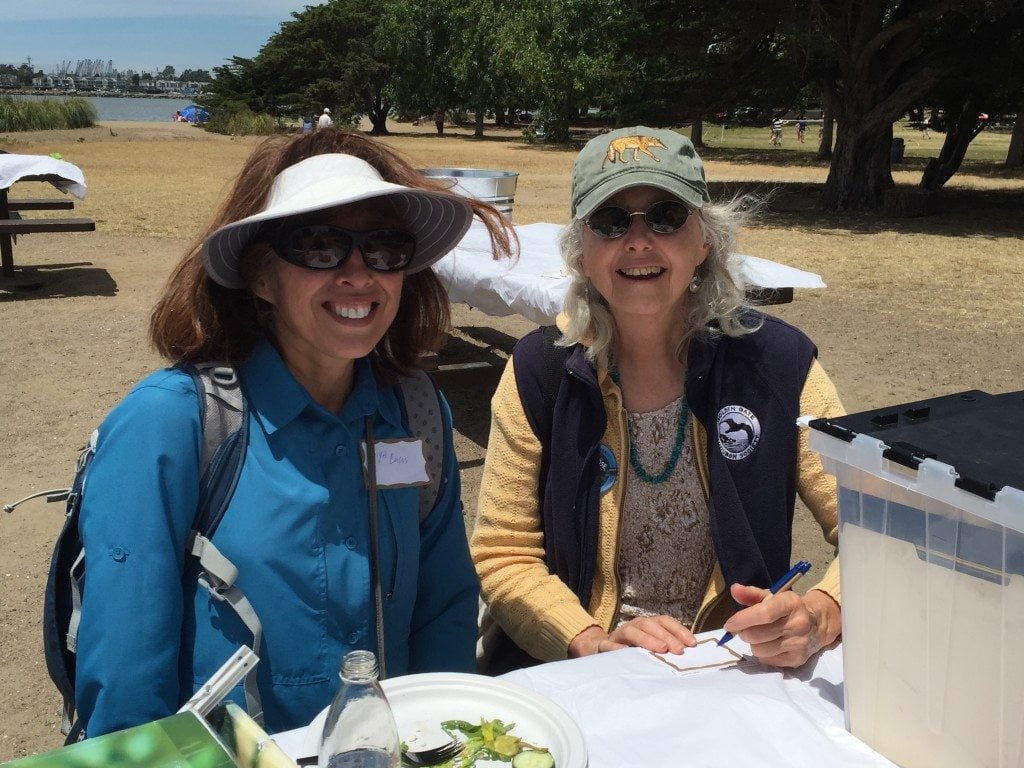 A number of attendees managed to squeeze in both the picnic AND the Return of the Terns tour!
A number of attendees managed to squeeze in both the picnic AND the Return of the Terns tour!
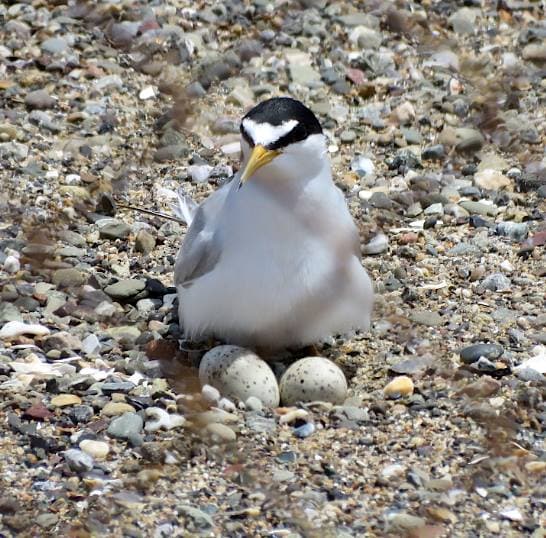 Endangered California Least Tern on eggs, viewed through wire fence on Return of the Terns bus tour at the Alameda Wildlife Refuge / Photo by Darlene McNulty
Endangered California Least Tern on eggs, viewed through wire fence on Return of the Terns bus tour at the Alameda Wildlife Refuge / Photo by Darlene McNulty
Volunteers are a key part of our communications program — photographing GGBA events and sharing gorgeous bird photos, writing articles for our blog and The Gull newsletter, and managing our Twitter and Meetup feeds.…


